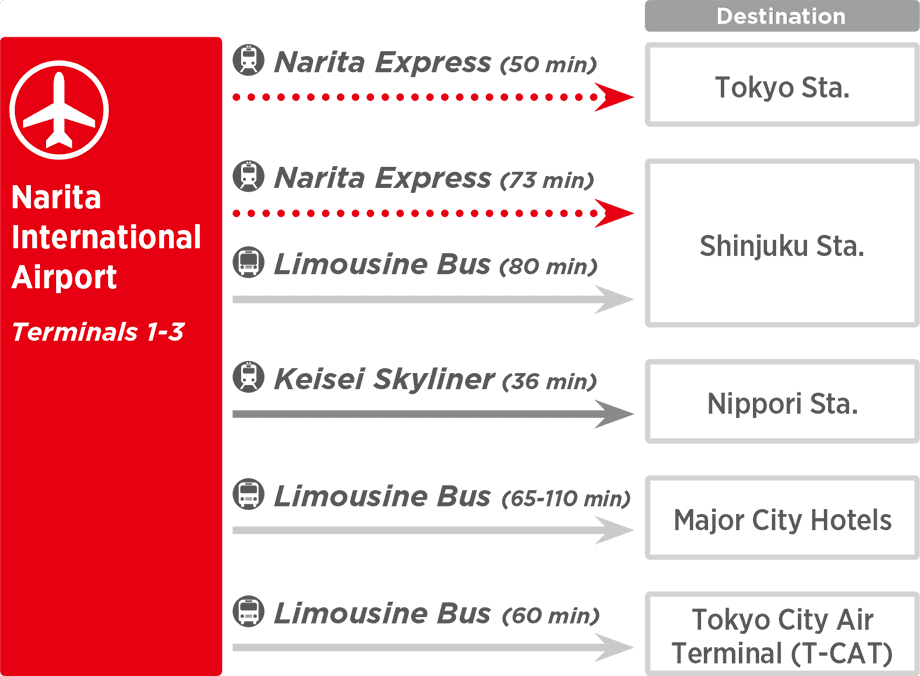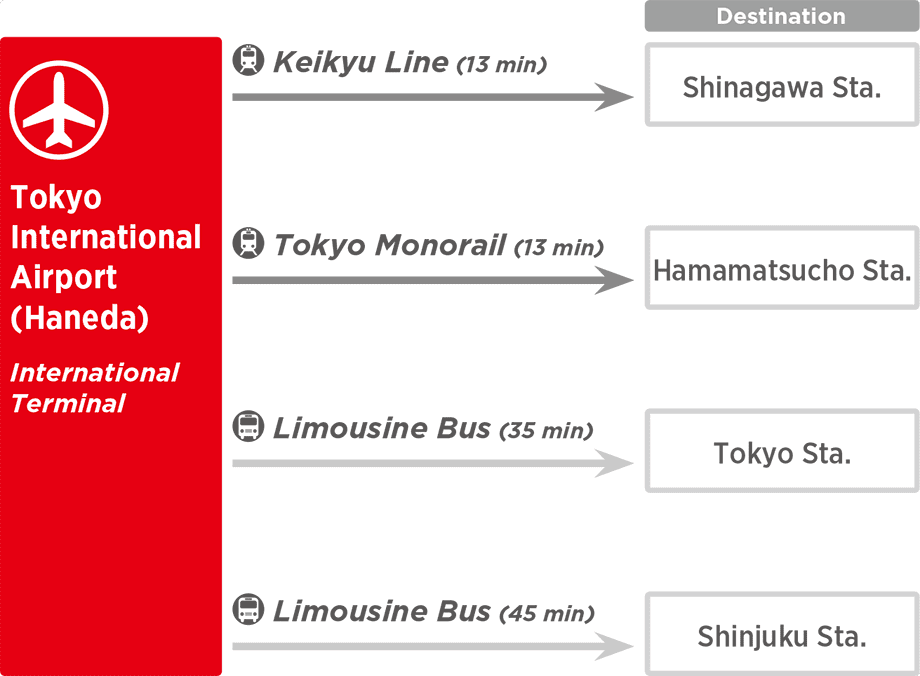Best Times of the Year to Visit Tokyo
Tokyo is an ideal destination to visit throughout the year, as each season has its distinct charms. The beautiful spring starts in late March, bringing Tokyo’s famous cherry blossoms and by the time May comes around, the first greens start to sprout with most days warm enough to spend in short sleeves. The cool daytime weather is perfect for outdoor activities, so it's a great season for you to get out and explore.
June to mid-July can be a wet and humid time of year as the rainy season sweeps into Tokyo. At this time of year, you can enjoy hydrangea in full bloom, coloring the streets, temples, and gardens in beautiful shades of pink, blue, and purple.
Once the rain breaks, the summer gets going with intense heat and high humidity. However, this should not be of huge concern because Japan is very well equipped for the warm summers and all buildings are well air conditioned. Summer is also the season of festivals, with the streets in many areas coming to life with traditional dance.
The temperature and humidity gradually drop ushering in a gloriously crisp and comfortable autumn in September. Around late October, the leaves start to turn from green to vibrant red, yellow and orange in the Okutama area, before spreading throughout the rest of Tokyo. During this time, enjoying the beautiful Autumn colors is a popular activity at Tokyo’s many parks.
The weather remains autumnal throughout most of December, with the real cold only kicking in in January. The days are short – twilight is around 4:30 p.m. – and snow is a possibility if not an inevitability. The temperature rarely drops below 0 usually remaining between one and ten degrees, tending towards the warmer side of this spectrum in recent years for pleasant mild weather. This makes Tokyo a comfortable business events destination even in winter. The winter season also sees many areas of Tokyo decorated with charming illuminations.

Flight Access
Narita International Airport (with three terminals) and Tokyo International Airport (the international terminal of Haneda Airport) together handle all major carriers, providing great access for visitors from around the globe. Together these airports serve as a key travel hub for the region. Together these airports offer over 2,400 international flights every week.
Narita connects to around 100 cities around the world and has a dedicated low-cost carrier (LCC) terminal in line with efforts to further enhance convenience. Meanwhile, Haneda connects to around 55 cities across the globe and operates 24 hours a day. Haneda Airport is also convenient after arrival and can be reached by train in around just 10 minutes from the Shinagawa and Hamamatsucho hub stations. When including ordinary trains, there is one train departure and arrival every five minutes.
To and from the Airports


Visa
Verify with your local embassy or consulate. Residents of 71 countries and regions do not require visas for short-term stays (2024, Ministry of Foreign Affairs).
For more information, please visit the website of the Ministry of Foreign Affairs of Japan:
https://www.mofa.go.jp/j_info/visit/visa/short/novisa.html
Transportation in and around Tokyo
Overview- A network of train lines run by JR East Japan and the subway lines of Tokyo Metro and Toei link stations located near hotels, convention venues and around shopping, dining, cultural and leisure districts. International signage is available in English, Korean and Chinese at the stations. Train timetables are located on the platforms and are very reliable since the trains in Tokyo run on time.
Taxis- In central Tokyo, taxis are a convenient way to get around town. At train stations, hotels and convention venues, passengers can board taxis that are lined up at designated spots. At the corner of an intersection or along a busy street, you can hail an approaching taxi by raising your hand.
Shinkansen- All six lines depart from Tokyo Station, and certain bullet trains also stop at Shinagawa Station and Ueno Station, making access from the Tokyo metropolitan area to the rest of Japan very convenient.
Suica and PASMO cards
Smart cards Suica and PASMO can be used on almost all rail and bus lines in the Tokyo metropolitan area, and are also accepted by a growing number of taxis. Suica IC cards are available for purchase at JR stations. Welcome Suica cards which require no deposit and expire in 28 days are also available. PASMO cards are available at subway, private railway stations or bus depots. You can also use these cards for shopping as electronic money at convenience stores and an increasing number of other shops.
Population and Geography
- Population of Tokyo: 14.170 million (May 1, 2024, Tokyo Metropolitan Government)
- Geography and Area: Tokyo, covering 2,193.96 square kilometers, is located in the center of the Japanese archipelago in Eastern Asia, facing the Pacific Ocean.
Time Zone
+9 hours (GMT) (+14 hours from EST and +17 hours from PST). Tokyo does not observe daylight savings time.
Language
The official language of Japan is Japanese. English is spoken widely in Tokyo. Most people involved with the travel industry speak English.
Currency
The Japanese yen (¥) is the official currency, coming in denominations of 10, 000, 5, 000, 2,000 and 1, 000 yen bills, as well as 500, 100, 50, 10, 5 and 1 yen coins.
Tax
The consumption tax rate is 10% excluding items subject to the reduced tax rate. The reduced tax rate of 8% is applied to sales of food and beverages, except for alcoholic drinks, catering and dining out.
Cashless payment
Cashless payment by credit or debit card is available in most shops in Tokyo but it is recommended that you also carry cash for use in local restaurants etc.
Tipping
It is not necessary to tip for service in Japan, such as at restaurants, bars, taxis, airports and hotels. However, hotels and some restaurants indicate an additional service charge on their bills or menus.
Electricity
Voltage - 100V AC Electrical Current - 50Hz (Tokyo and Eastern Japan). 60Hz (Kyoto, Osaka and rest of Western Japan)
Sockets - Standard flat two-pin.

